Stolen, Smuggled, Sold
Stolen, Smuggled, Sold
On the Hunt for Cultural Treasures
Nancy Moses
ROWMAN & LITTLEFIELD
Lanham Boulder New York London
Published by Rowman & Littlefield
A wholly owned subsidiary of The Rowman & Littlefield Publishing Group, Inc.
4501 Forbes Boulevard, Suite 200, Lanham, Maryland 20706
www.rowman.com
Unit A, Whitacre Mews, 26-34 Stannary Street, London SE11 4AB
Copyright 2015 by Rowman & Littlefield
All rights reserved. No part of this book may be reproduced in any form or by any electronic or mechanical means, including information storage and retrieval systems, without written permission from the publisher, except by a reviewer who may quote passages in a review.
British Library Cataloguing in Publication Information Available
Library of Congress Cataloging-in-Publication Data
Library of Congress Cataloging-in-Publication Data Available
ISBN 978-0-7591-2192-8 (cloth : alk. paper) -- ISBN 978-0-7591-2194-2 (electronic)
 TM The paper used in this publication meets the minimum requirements of American National Standard for Information Sciences Permanence of Paper for Printed Library Materials, ANSI/NISO Z39.48-1992.
TM The paper used in this publication meets the minimum requirements of American National Standard for Information Sciences Permanence of Paper for Printed Library Materials, ANSI/NISO Z39.48-1992.
Printed in the United States of America
To my beloved sisters, Ellen Sue Moses and Suzanne Garment
Acknowledgments
Many people generously gave their time and talent during the years I spent writing Stolen, Smuggled, Sold. A number are already cited in the text, and I wish to thank each one. In addition I would like to thank V. Chapman-Smith of the National Archives, Brent Glass, former director of the Smithsonians National Museum of American History, and Stephen R. Phillips, research assistant, Egyptian Section, University of Pennsylvania Museum of Archaeology and Anthropology, who provided many useful insights. I thank Sandra Tatman, executive director, and Jill Lee, circulating librarian, of the Athenaeum of Philadelphia, who gave me a workplace, unlimited encouragement, and a wonderful book collection upon which to draw.
I am grateful to Maureen Ward who shared her insightful opinions, Randi Kamine who checked the facts, and Amy Castleberry who helped assemble the final text. The book benefitted from Bruce Bellinghams sage legal advice and Lynda Barness, Andrea Kramer, and Suzanne Garments masterful editing. I appreciate the support and dedication of Charles Harmon, executive editor at Rowman & Littlefield Publishing Group, whose faith in my book has meant so much.
Finally, I wish to thank Myron Bloom, my first reader, best friend, and loving supporter throughout forty-one years of marriage.
Color Plates
Plate 1: Portrait of Adele Bloch-Bauer 1
Plate 2: Pearl Buck's Typewriter
Plate 3: Lakota Sioux Ghost Dance Shirt
Plate 4: Babe Ruth Audio Disc: Quail Hunt at Forked River, New Jersey
Plate 5: Ramesses I?
Plate 6: Bill Of Rights
Plate 7: Sumerian Vessel, 3rd Millennium BCE
Preface
In 2006, while searching for the topic for the final chapter of my book, Lost in the Museum: Hidden Treasures and the Stories They Tell, I came across a disturbing fact: art museums in the United States and around the world owned thousands of artworks that were likely taken from Jews living in Nazi-occupied Europe. As Jews fled their homes or were dragged to death camps, many had been forced to sell or abandon their paintings, rare books, and other treasures. Since I was writing about museum objects with a secret past, I was very intrigued and decided to check in with some colleagues in art museums.
I soon learned that there are mountains of paintings, sculpture, rare books, ceremonial objects, and other treasures with a provenance that ended around 1933 and picked up again after the end of World War II. Much of it surfaced in Europe around the late 1940s and early 1950s, and dealers lost little time in selling it to major museums around the world. Recently, the museum profession encouraged American museums to post lists of this Holocaust art on their websites, and many have complied. But, although museums had made this gesture towards transparency, they were not interested in discussing the matter. Theres reason for this reluctance, since harboring items stolen from helpless Jews on their way to their death is not exactly the type of subject that pushes a museums positive image.
I thought this matter over and tried to figure out how to convince a museum to allow me access to its Holocaust art. Then I hit on a plan: I would find a museum that had actually returned something to the original Jewish owners or their heirs and tell its story. A museum would certainly welcome the chance to showcase its act of generosity. I imagined being greeted with open arms by one of these courageous museums. I imagined a story in its local paper celebrating the museums generosity, its wisdom in righting a terrible wrong from decades past.
That was my plan: to tell the story of a museum that had repatriated an artwork stolen from Jews. I contacted the Association of Art Museum Directors and was directed to a section of its website with a list of about a dozen museums under the heading Restitution of Claims for Nazi-Era Cultural Assets. I then got busy. I called one museum, and then another, then another. At one, the director was on vacation; at another, the curator was installing an exhibition and was too busy to take my call; at a third, no one called back. I must have made twenty calls, and no one was available for an interview about the artwork a museum had actually returned. Two Ivy League universities were on the list, and I tried them both, naively thinking that academic freedom translated into institutional transparency. After calling seven or eight museums, I finally connected with a sympathetic staff member.
These museums dont want to be interviewed because they are embarrassed, she told me, after I promised her anonymity. Even though the museum did the right thing in returning the artwork to the Jewish family, it does call into question how the painting got to it in the first place. In the case of our museum, were in the process of negotiating the sale of a painting with a problematic provenance. Any publicity would threaten the negotiations.
That was it. I was stonewalled. I quickly found another topic for the final chapter of Lost in the Museum and submitted the manuscript to my publisher.
This incident lay festering in the back of my mind for years. As generally happens when somethings on my mind, related information appears as if by magic. I began to see newspaper features about Holocaust art, then book reviews, magazine articles, television shows, and movies. There is a very large literature around Holocaust art; its a well-traveled road. And, as I traveled along it, I started to see how it fit into a larger picture.
I began to think about spoils of war, how through millennia of conflicts the victor claimed the treasures of the vanquished. Much of this war booty ended up filling the display halls of museums, great libraries, and archives, which are collectively known as collecting institutions.
Wars are one vehicle that transports cultural treasures from loser to the winner, but there are others as well. Explorers. Missionaries. Colonialists. Tourists. They see something on their travels and bring it home. These souvenirs can be as grand as the imposing Ishtar Gate of Babylon from the sixth century BCE in Berlins Pergamon Museum; as astonishing as the intricate bronze plaques that the British stole from the high court of Benin, now at the Art Institute of Chicago; and as memorable as the Parthenons marble figures, now in the British Museum. While subjugating the natives, Westerners also brought home shrunken heads from the Maori, Kachina figures from Hopi pueblos, and prehistoric pottery from Ban Chiang, Thailand, immediately recognizable by its jazzy, swirling patterns. War brings famine and famine brings desperate people to steal their own cultural treasures from archaeological sites and museums, to sell them into the black market. I thought about this as I wandered through museums of art, archaeology, and anthropology. I began asking myself: are these objects better off here, where millions can see them, or should they be back in their home countries, reconnected to their cultures?
Next page
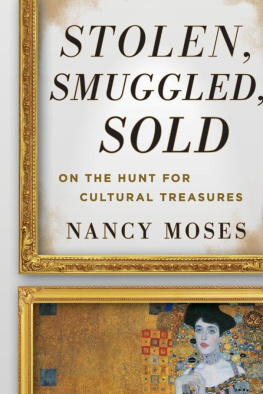
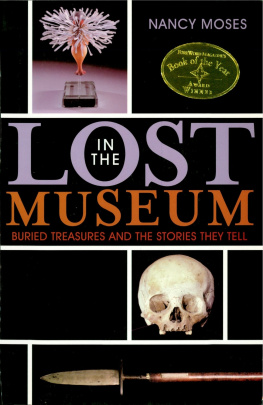


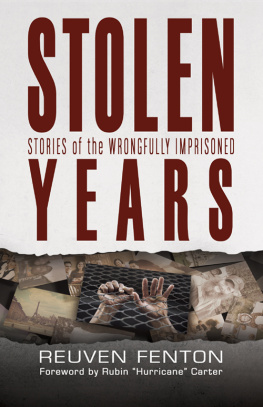
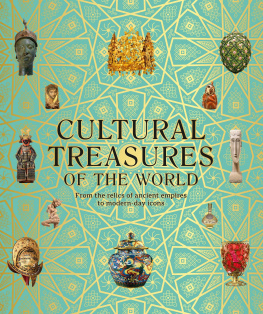



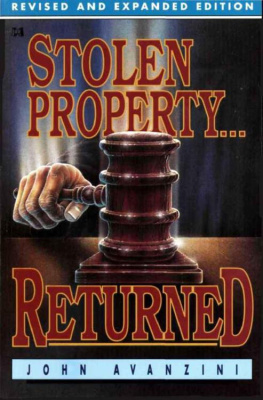
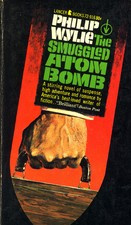
 TM The paper used in this publication meets the minimum requirements of American National Standard for Information Sciences Permanence of Paper for Printed Library Materials, ANSI/NISO Z39.48-1992.
TM The paper used in this publication meets the minimum requirements of American National Standard for Information Sciences Permanence of Paper for Printed Library Materials, ANSI/NISO Z39.48-1992.